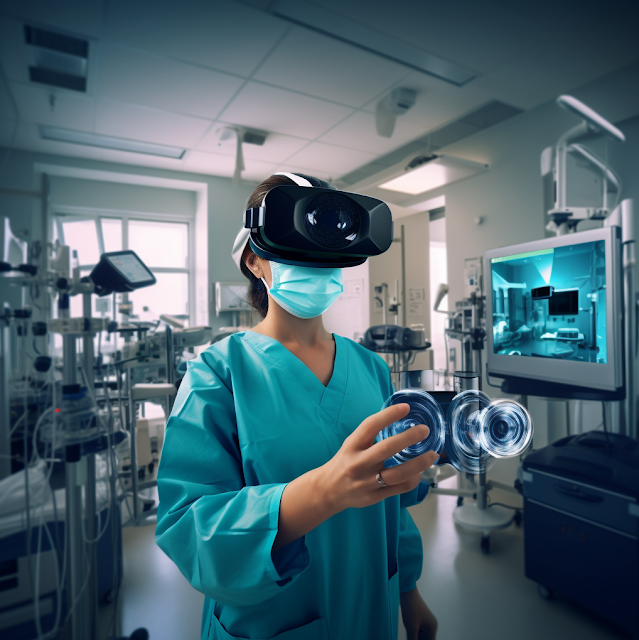Augmented Reality: Unveiling History's Secrets Through Modern Lenses
The beauty of history lies in its ability to transport us to bygone eras, allowing us to witness the events, people, and places that have shaped our world. Augmented reality (AR) technology has taken this experience to the next level, allowing us to superimpose the past onto the present. In this blog post, we'll explore how augmented reality is being used to showcase historical sights and events, bridging the gap between then and now, and making history come alive in an unprecedented way.
Augmented Reality in Historical Tourism
Virtual Time Travel: With AR, tourists and history enthusiasts can stand in the same locations where significant events occurred and, through their mobile devices, witness those events unfold before their eyes. Imagine standing on the Gettysburg battlefield and watching the historic Gettysburg Address being delivered by Abraham Lincoln.
Immersive Tours: Augmented reality apps offer immersive guided tours of historical sites, providing visitors with context, historical anecdotes, and interactive elements that enhance their understanding of the past. Whether exploring the ruins of ancient Rome or walking through the corridors of the Titanic, AR enriches the experience.
Museum Enhancements: Museums are embracing AR to complement their exhibits. Visitors can use AR-enabled devices to access additional information, 3D reconstructions, and virtual reality experiences that bring artifacts to life in new and captivating ways.
Recreating Lost Architecture: AR can recreate buildings and structures that no longer exist, allowing users to see what ancient structures looked like in their prime. For example, users can see the Parthenon in Athens as it appeared centuries ago.
Augmented Reality in Historical Education
Interactive Learning: Educational institutions are incorporating AR into history lessons to engage students in interactive and immersive learning experiences. History textbooks come to life as students scan pages with AR apps, revealing animations, videos, and interactive quizzes.
Augmented Reality Storytelling: Teachers can use AR to create virtual field trips, taking students on historical journeys without leaving the classroom. This immersive approach makes learning history more engaging and memorable.
Archaeological Discoveries: Archaeologists use AR to digitally reconstruct ancient artifacts, giving students a hands-on experience with history. For instance, students can virtually assemble and explore a broken pottery artifact from a historical site.
Benefits of Augmented Reality in Historical Exploration
Enhanced Understanding: AR provides historical context and visual aids that help individuals better understand and appreciate the significance of historical events and sites.
Engagement: Augmented reality makes history more engaging and accessible to people of all ages, fostering a deeper interest in the past.
Preservation: By digitally recreating historical sites and artifacts, AR can help preserve cultural heritage and historical landmarks, ensuring they remain accessible to future generations.
Customization: AR allows users to tailor their historical exploration experiences, choosing the events and sites that interest them most.
Challenges and Considerations
Despite the many benefits, there are some challenges and considerations when using augmented reality for historical exploration:
Technology Access: Users need access to AR-capable devices, such as smartphones or AR glasses, to experience historical AR content.
Data Privacy: Collecting and using personal data for AR applications must adhere to privacy regulations and prioritize user consent.
Historical Accuracy: Ensuring historical accuracy is crucial, as any inaccuracies in AR reconstructions or information could misinform users.
Conclusion
Augmented reality is transforming how we engage with history, offering a rich tapestry of experiences that blend the past with the present. Whether you're a traveler exploring historical landmarks or a student learning about ancient civilizations, AR brings history to life in an unprecedented way. As this technology continues to evolve, the boundaries between the past and present will blur even further, making history not just a subject of study but a vibrant, immersive journey through time. The future of historical exploration is augmented, and the treasures of the past are waiting to be uncovered anew.





